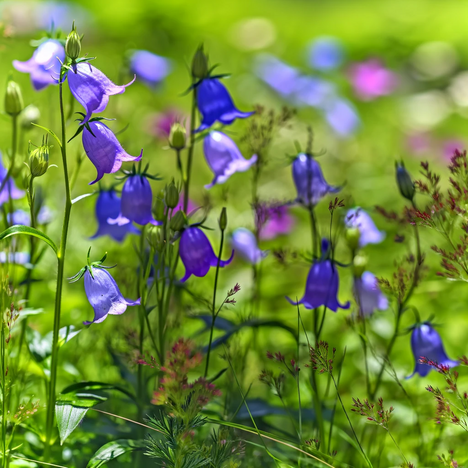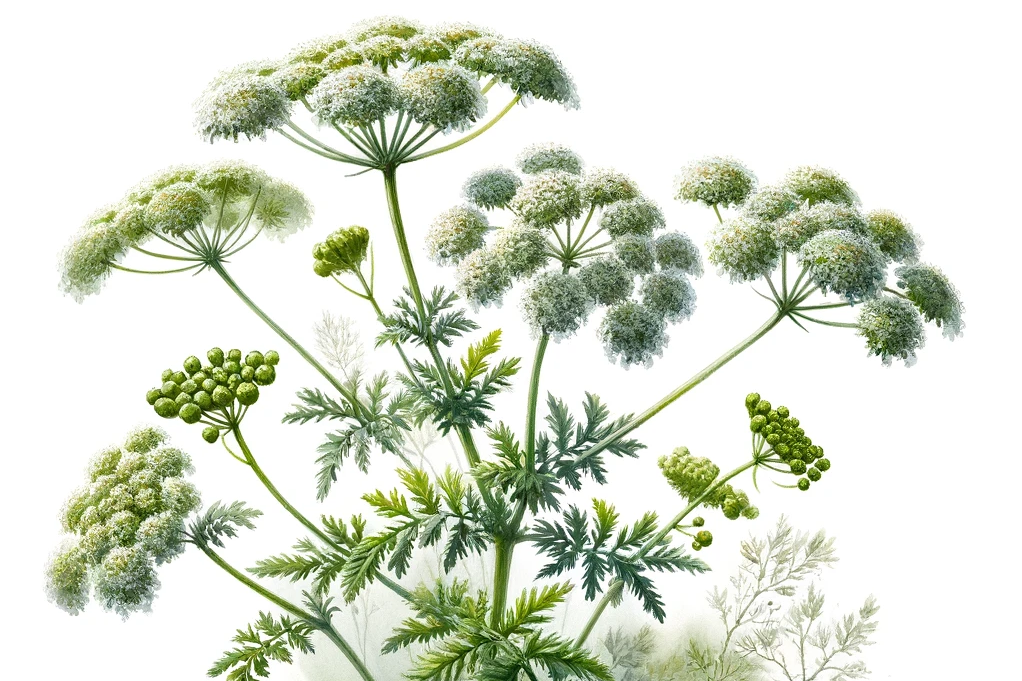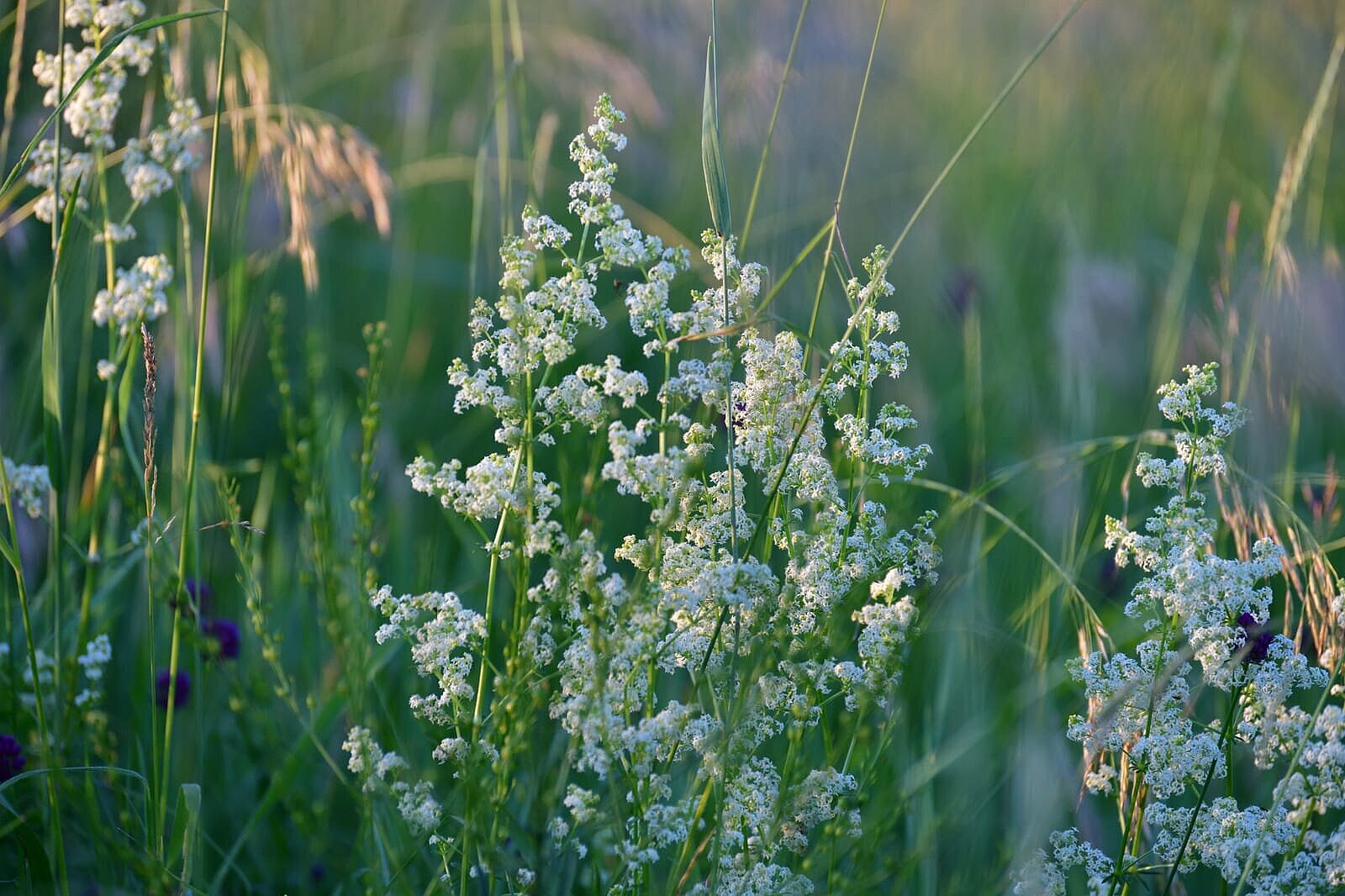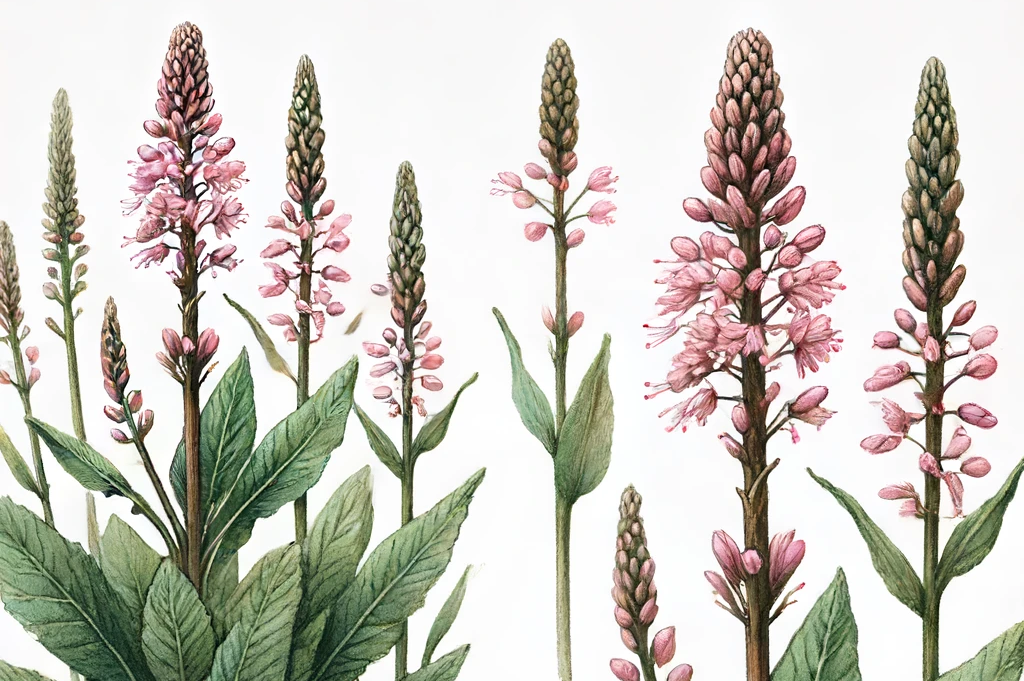Bluebells

Campanulas (Campanula spp.) are a diverse genus of plants found in temperate climates around the world. They are known for their characteristic bell-shaped flowers, which can appear in a variety of colors including blue, purple, white and pink. In the garden landscape, they are popular for their decorative appearance and their ability to attract butterflies and bees. But the question that concerns many dog owners is: are bluebells safe or even beneficial for dogs?
What are campanulas?
Bellflowers belong to the Campanulaceae family and include over 500 species that thrive in a variety of habitats. They vary in size from low growing ground covers to taller perennials and provide a rich food source for pollinators during their flowering season.
Benefits of bluebells for dogs
Aesthetic value
Although the aesthetic value of plants mainly concerns humans, well-tended and flowering gardens can also create a pleasant environment for dogs. Plants such as bluebells contribute to a sensory-stimulating outdoor area that can promote dogs' curiosity and well-being.
Possible health benefits
Some herbs and plants have been shown to be beneficial to dogs' health, whether through direct ingestion or as part of natural remedies. While little information is available on direct health benefits for dogs specifically for bluebells, many natural plants tend to have certain beneficial properties. However, caution is advised and any use should be under veterinary supervision.
Disadvantages and risks
Toxicity
Although many bellflower species are considered non-toxic to humans, there is a lack of specific information on their safety for dogs. Some plants that are safe for humans can be toxic to dogs. Without clear evidence of their safety, bluebells, like all plants not clearly known to be safe, should be kept away from dogs.
Allergic reactions
As with any natural product, there is a possibility that dogs may have an allergic reaction to bluebells, either through direct contact or inhalation of pollen. Symptoms of an allergic reaction may include skin irritation, sneezing or gastrointestinal upset.
Risk of injury
The physical structure of some bluebell species can potentially pose a danger to curious dogs, especially if sharp edges or pointed seeds are present. While this is less of a problem with bluebells than with thornier plants, it's still important to check your dog's environment for potential injury risks.
Beautiful, but to be enjoyed with care
Bluebells can be a beautiful addition to gardens and create a joyful environment for dog owners and their four-legged friends. However, the direct benefits of bluebells for dogs are limited and come with some risk, particularly due to unclear information about their toxicity. The best course of action is to consider them as purely ornamental plants and ensure they are planted out of reach of dogs. If in doubt, it is always advisable to seek advice from a vet when choosing plants for your garden or home to ensure your dog's wellbeing.
If you notice any signs of hypersensitivity or poisoning in your dog, you should see your vet immediately. We are not a substitute for a vet, but we try to be as accurate as possible. Every dog reacts differently and we recommend you get a second opinion or consult your vet if in doubt.
Stay healthy and take good care of your four-legged friend!😊
Similar to Bluebells
The meadow daisy (Leucanthemum vulgare) is a widespread wildflower that can be found in natural meadows, gardens and roadsides. It belongs to the Asteraceae family and is characterized by its...
Yarrow (Achillea millefolium) is a perennial plant from the Asteraceae family. It has finely pinnate leaves and white or pink flowers that are arranged in flat umbels. The plant grows to a height of...
Bedstraw belongs to the rue family and is widespread in Europe, Asia and North America. It grows mainly along roadsides, in meadows and in sparse forests. There are different types of bedstraw, such...
Snake knotweed is a perennial plant that is native to parts of Europe and Asia. It is characterized by its spirally twisted inflorescences, which are reminiscent of a snake, giving it its name. The...



